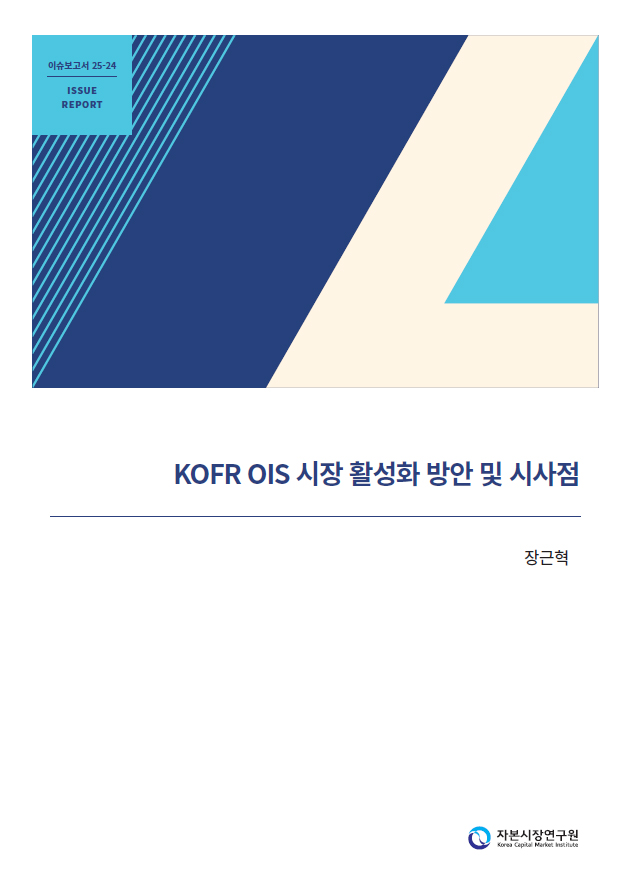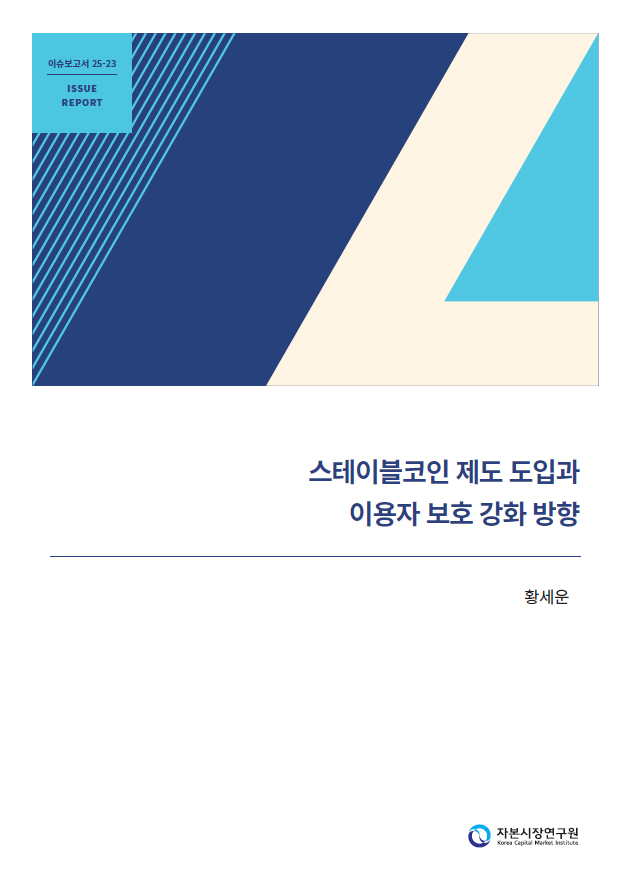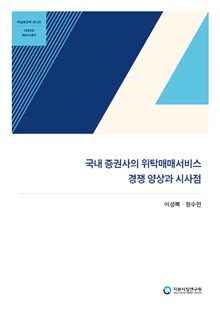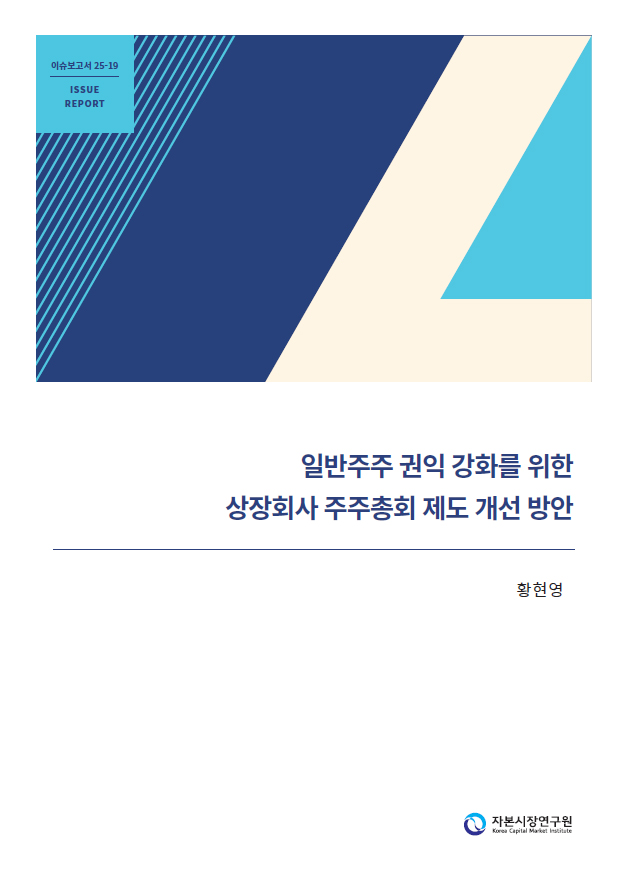Find out more about our latest publications
315 Results

The Financial Services Commission and the Bank of Korea announced the principle of transitioning the benchmark interest rate system from CD rate, which has been widely used as a reference rate for financial transactions, to a KOFR-centered system. Th...

The global stablecoin market has grown rapidly since 2020, and discussions on introducing such assets domestically have also been active. Concerns remain regarding the financial soundness of issuers and the possibility of coin runs, but some argue th...

The brokerage services market in South Korea has experienced notable quantitative and structural transformations in recent years. This expansion, along with new market en...

In Korea’s capital market, the importance of general shareholders’ meetings (AGMs) has grown significantly in recent years. This trend reflects several structural shifts: the rapid increase in individual investors (from 5.56 million in 20...